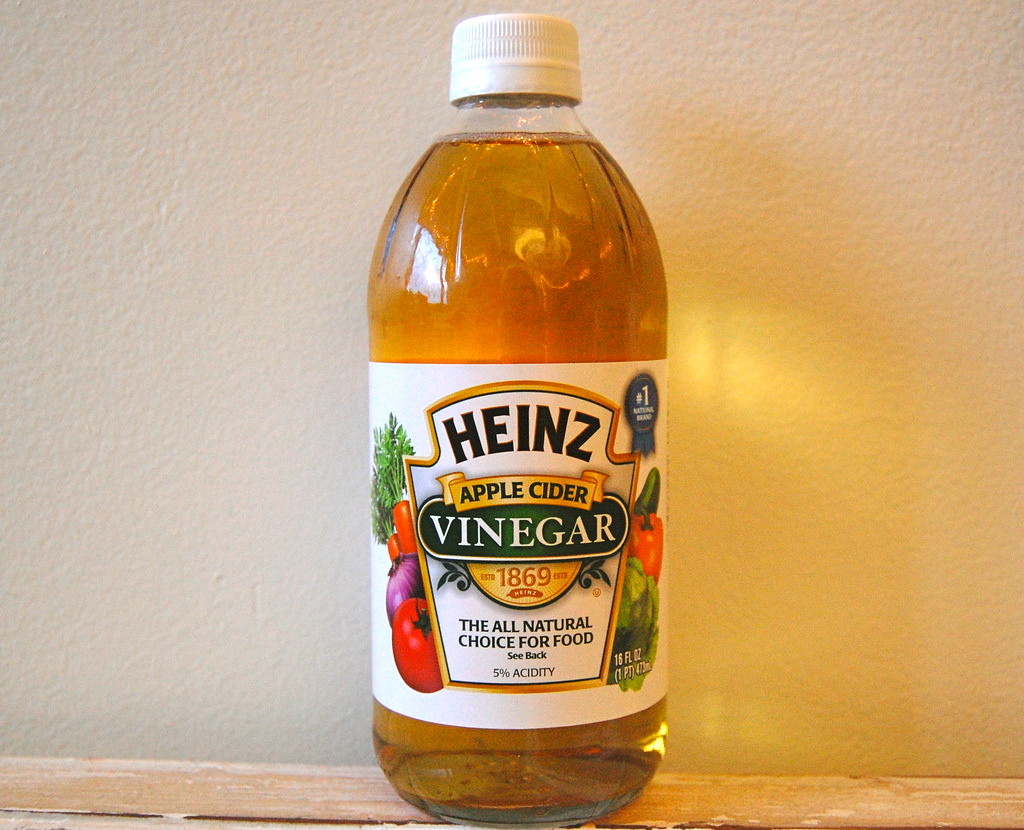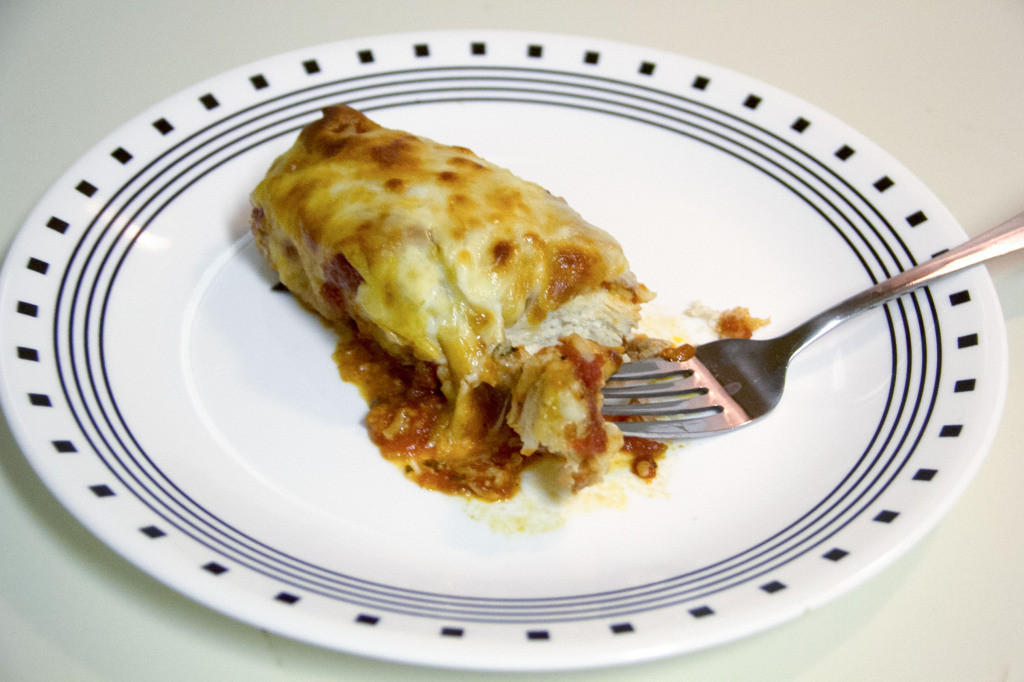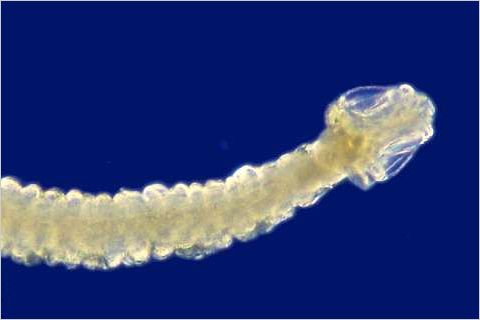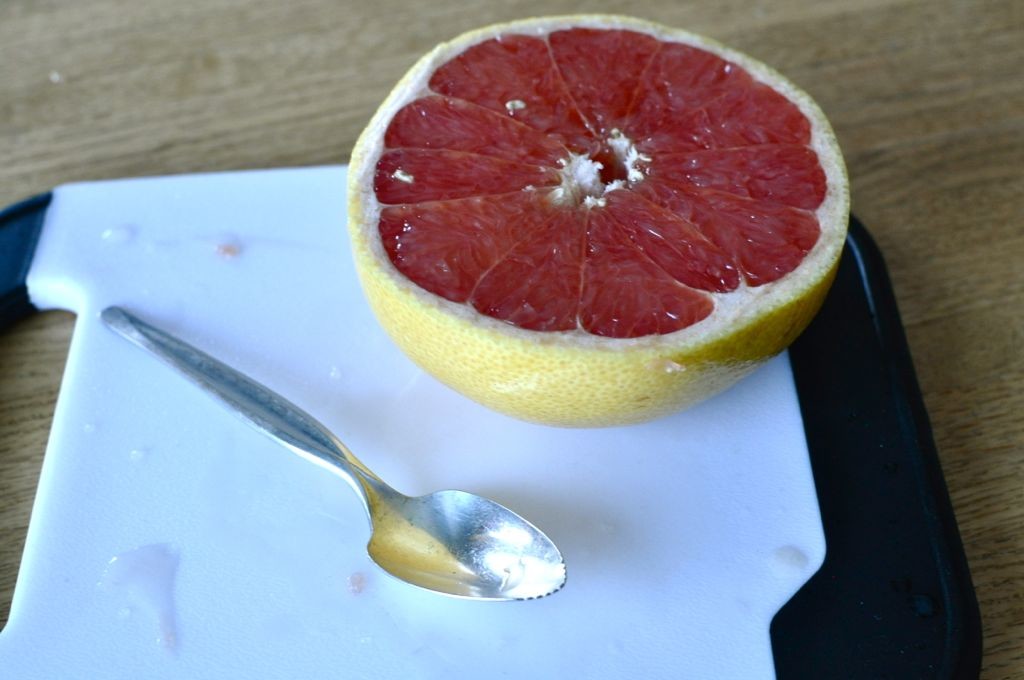As we look forward to the arrival of spring, many of us will turn to popular diets in order to lose that last bit of holiday fat to prepare for that ever elusive beach body we’ve always wanted.
We often take to the bookshelves (or the Kindle store) to find the latest weight loss book with the strategy that’s guaranteed to finally lose that last inch of belly fat before the leaves start to sprout.
But these “miracle” weight loss strategies touted in diet books or television commercials are hardly a new thing.
But these “miracle” weight loss strategies touted in diet books or television commercials are hardly a new thing.People have been making up their own strategies to lose weight for centuries, not all of which are effective, easy to follow or even safe. So as you keep your promises to make a healthier you this year, here are a few diets from history that you definitely want to avoid.
1. Vinegar and Water Diet

Photo by Kelsey Kuschner
In the 1820’s, the poet Lord Byron promoted this diet, which involved eating very little to no food and drinking plenty of water and vinegar. He did this under the belief that the fasting would cut down on the calories that he consumed while the vinegar and water would suppress his appetite. Water is still used to help with weight loss and it is believed that two tablespoons of apple cider vinegar a day can help boost your metabolism, so how bad can a diet that combines them be?
The Downside
Lord Byron was severely anorexic and bullimic and his weight fluctuated between obese and underweight, so he might not be the best person to get diet advice from. And while it is a good idea to drink plenty of water, one can also use vinegar as a low-calorie dressing, among other things. Consuming nothing but water and vinegar is not a healthy way to lose weight. Doing this diet for longer than a day can be dangerous.
2. The Fletcherism Diet

Photo by Hannah Cather
This diet, which was created in 1903 by a man named Horace Fletcher who believed that by chewing food dozens of times before spitting it out, a person could digest their food better and get more nutrients while consuming less food. He even advocated that people chew liquids in order to mix them with saliva.
The Downside
While the basic idea of chewing your food is a good idea, Fletcher’s ideas have largely been discredited as inaccurate by the scientific community due to the number of times Fletcher people chew their food and water in order to lose weight. Not to mention the fact that people were required to spit out the food after they were done chewing, potentially losing nutrients in the process.
Plus, the amount of time that is needed to chew each bite of food makes this diet too difficult for most people to follow this diet consistently. If you really want to achieve better health through chewing, try some Xylitol gum for a great way to keep your mouth clean and fresh.
3. The Tapeworm Diet

Photo courtesy of Micrographia
As the name suggests, this diet from the early 1900’s involved swallowing a capsule filled with live tapeworm eggs and allowing the bugs to hatch and eat the food that you eat before the nutrients are absorbed into your system. People wanted to get rid of excess fat – the “enemy that is shortening your life” – the easy way, while eating as much as they wanted.
The Downside
Besides the ick factor of swallowing a live tapeworm, there are some other serious or even deadly side effects of having a live tapeworm growing inside you. The tapeworm eats the nutrients that you need to survive, which creates problems with malnutrition.
According to the CDC, tapeworm infestation can cause abdominal pain, weight loss and loss of appetite. They warn that a few people have even died from having tapeworms inside them. Recently, a woman from Iowa was found to have eaten a tapeworm capsule to lose weight and ended up dead. So maybe eat just eat some raspberries and let the healthy fiber fill you up instead.
4. The Cigarette Diet

Photo courtesy of flickr.com
In the 1920’s cigarette companies such as Lucky Strike made magazine ads that sold their products as appetite suppressors with labels such as “for a slender figure, reach for a Lucky instead of a Sweet.” As it became common knowledge that nicotine could be used as a way to lose weight many people, mostly women, started smoking cigarettes for this purpose. It still exists as a diet to this day.
The Downside
Yes, nicotine can help you lose weight by reducing your appetite. It can also help you lose your lungs, teeth and jaw. So much long-term research shows that smoking isn’t worth the risks.
5. The Grapefruit Diet

Photo by Lily Allen
This diet from the 1930’s, also called the Hollywood Diet, which still endures today, claims that people who follow the guidelines can lose up to 10 pounds in 10 days. There are many different variations of this diet, with the classic version of the diet advocating to eat more protein and cholesterol-rich foods such as eggs and pork while avoiding foods such as celery. Most forms of this diet also restrict calories to as low as 800 calories per day. You can also drink 8 cups of water and 1 cup of coffee per day.
The Downside
Grapefruit doesn’t actually burn fat, although a few studies have suggested that they do. The weight loss touted by the studies may be more due to the fact that eating grapefruit before meals helps you to feel full faster than any fat burning capabilities.
And the “10 pounds in 10 days” claim is not only unhealthy and unsafe, but is also not recommended by most diet and nutrition experts. Losing weight at a slower pace while eating well and regular exercise is a much better way to lose weight and keep it off. If you love this citrus fruit, you can eat it in many different ways to add excitement to meals, including a sweet and savory salad.
6. The Cookie Diet

Photo by Kelda Baljon
In 1975, a man in Florida named Dr. Sanford Siegal made a cookie meal-replacement that is a part of several diets such as the Smart for Life Cookie Diet, Dr. Siegal’s Cookie Diet and the Hollywood Cookie Diet. Each of these diets requires people to eat 4-6 cookies a day, sometimes along with other food for the entire diet. What could possibly be wrong with a diet that lets you eat nothing but cookies?
The Downside
The cookies-as-meals thing might seem great, but the diet requires you to eat only 800 calories a day. While you will lose weight, 800 calories is not enough to live off of long term as an adult.
While doctors do occasionally recommend 800-calorie-a-day diets, it is generally only used for people who are very obese, have weight-related health problems or who have been unsuccessful with losing weight through nutrition and exercise. But it has to be monitored by a doctor and it is generally not recommended for anybody who is not obese. If you really want to lose weight while still enjoying those sweet baked goods, maybe try carving out some time to hit the gym instead.
7. The Nazi Diet

Photo by Helena Lin
This is actually a recent one. In early 2015, a man named Alex Siry created an amateur diet club called “Get Thin Like Me” online, where he encouraged people to eat 400 grams of bread and 100 ounces of vodka every day, a diet styled after the rations that Russians in Leningrad (now St. Petersburg) ate during the winter of 1941.
The group even had instructional videos about how to make “blockade bread” made out of wood shavings and cat food, but brown bread is an acceptable substitute. Siry said that he created the diet to honor the 71st anniversary of the siege of Leningrad.
The Downside
This biggest problem with this diet is the severe calorie restriction that it requires. 400 grams of bread and 100 ounces of vodka is not enough for survival. Over 670,000 civilians died in Leningrad during the siege, mostly because of starvation.
Not to mention that it is really disrespectful of the people who died in the siege because they had no choice but to follow the diet because they were fighting for their country and their lives. The people that are taking part in this diet now do not need to do this and are making it seem as though the diet is nothing more than a new way to lose weight instead of a survival tactic like it was used in 1941.
If you want to celebrate Russian culture while striving for a healthy diet, try some buckwheat grain or “kasha” and savor that protein and iron-filled gluten free goodness.


